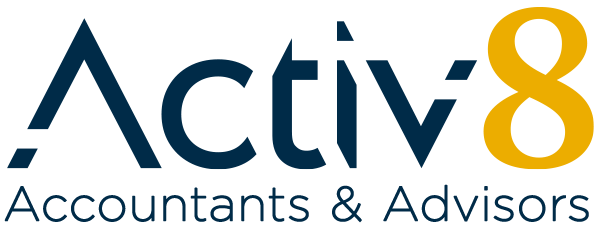Compulsory superannuation for employers was introduced in 1991. Since then, the pool of funds in Super has been growing steadily bigger and of June 2022 there was $3.3 trillion invested in Super.
Of this pool, the Self Managed Super Fund sector makes up a significant portion. As at June 2022, there were 601,432 SMSFs in Australia with a total of 1.1 million members. This represents less than 5% of the population, but they have $869 billion in assets, or about 26% of the total invested in Super.
We had seen inquiries about Self Managed Super drop over the past decade due to increased regulation and potential legal and investing complexities. However, there has been renewed interest in the last couple of years from an increasingly younger demographic.
This is highlighted by recent ATO data which shows about 44 per cent of savers starting an SMSF are aged under 45 years, with about one-third of new members aged between 35 and 45 years. With the growth in their super balances, this younger cohort are starting to realise there is real money involved and they want to have greater control.
Compulsory super contributions of at least 11 per cent are contributing to sizeable balances after about a decade of work and increasing awareness of retirement wealth and investing compared to earlier generations.
This group is growing much richer than earlier generations as they become middle-aged, particularly for couples who pool their investment savings. They are looking to use a self-managed superannuation fund for their retirement savings while adding to a separate portfolio of assets outside of super when investment opportunities arise.
We think SMSFs are great investment vehicles with their significant tax advantages. There are strict rules in place for running them and they are not for everyone.
Here are some pros and cons:
PROS
- Better flexibility and control with an SMSF
- Reduced costs for larger SMSF funds
- Greater access to investment options
- The tax benefits of SMSFs
- You can share a SMSF fund with family members
- Flexible estate planning
CONS
- Duties & responsibilities of being a trustee
- Can be time consuming
- Financial & legal risk in SMSF decision making
- SMSFs aren’t eligible for government compensation schemes
- Additional expenses in low value funds
- Living overseas can affect your SMSF
If you like to know more about SMSFs and what they can offer, give us a call. We cannot advise on whether they are right or wrong for your personal situation, but we can give you the low down so you can make an informed decision.



